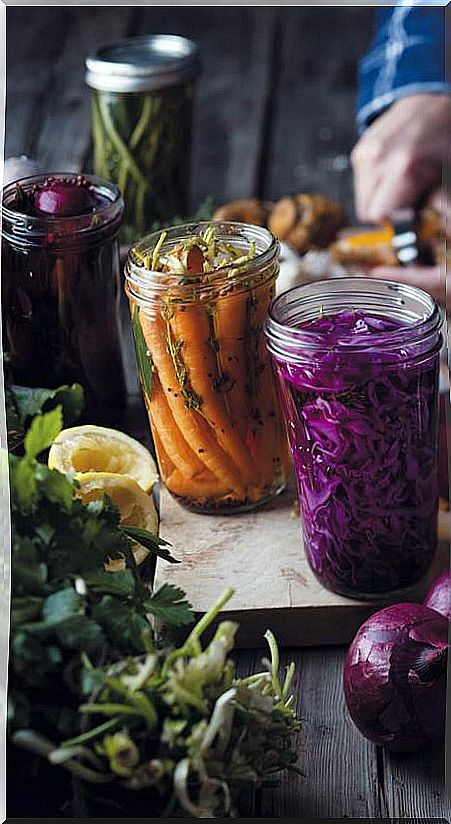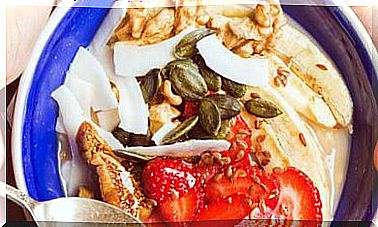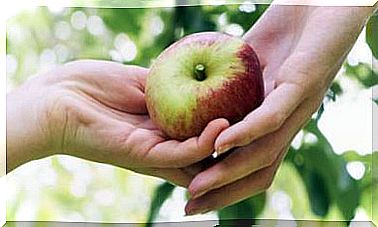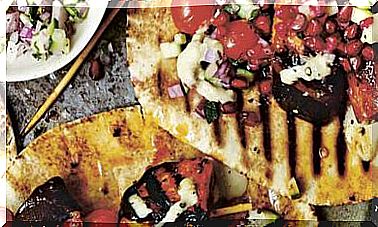10 Questions About Plant Ferments To Find Out
For millennia, man has used fermentation to preserve food and multiply its nutritional properties in a natural way.

There is something in the word “sour” that generates suspicion. Many people would not lift a finger to eat sour cabbage or sour cream, and yet they are two products consumed by millions of people under names like sauerkraut, kimchi, sauerkraut or crème fraîche.
In addition to their taste, fermented foods offer us an interesting nutritional profile, as has been known since ancient times and has already been investigated by the Nobel Prize in Medicine Elie Metchnikoff.
The microorganisms that ferment our food are true allies because they predigest them (making them more digestive), improve the absorption of nutrients (and sometimes create them) and help to purify the food itself, eliminating potentially toxic elements.
Today we understand that our organism is an ecosystem, a small universe of life with a subtle balance in which the populations of microorganisms are essential. The loss or imbalance of one part affects the rest of the whole. Although it sounds strange in the prevailing current of asepsis, we could not live without the bacteria that we carry in our body.
Fermented and digestion
Soy is an essential food in the West and the East, and yet many people find it difficult to digest. The kefir is an old friend of the digestive system. Soy is very indigestible when eaten simply cooked; by fermenting it, it is not only digestible but also multiplies its nutrients.
The tempeh is a thick paste made from fermented soybeans, popular in Indonesia (and among vegetarians) for being a great source of protein and vitamins. In soy sauce, for example, the combined action of yeast and bacteria occurs to create a unique seasoning in its aromatic richness.
Fermented ones improve nutrients
Vegetables lend themselves particularly well to fermentation. The cabbage, without going any further, to be immersed in the juice with the help of some salt, fermented spontaneously becoming a source of vitamins of group B and vitamin C.
In fact, it was the simple sauerkraut that allowed the famous Captain Cook to defeat scurvy (on his long voyages he fed sauerkraut to his sailors).
Live crops
It is important to note that many fermented foods are sterilized for marketing, thus losing much of their nutritional interest. This is the case of pasteurized sauerkraut (not refrigerated) or even some dairy products that are subjected to heat to prolong their preservation and do not need refrigeration.
If possible, they should be consumed raw, without subjecting them to heat; alive.
10 questions about fermented
1. These foods are also fermented …
We are surrounded by fermented foods common to our culture, such as wine, beer or bread.
However, for millennia, many other products that surround us also benefit from the effect of microorganisms. From drinks like tea or coffee to products like cocoa, vanilla, tobacco or pollen.
2. What are the advantages of sourdough bread?
Although neither the yeasts nor the bacteria present in the sourdough survive the heat of the oven, their combined action is important.
In addition to giving bread a unique aroma and flavor and prolonging its preservation, it increases its digestibility, favors the absorption of minerals, lysine (one of the essential amino acids) and lowers its glycemic index.
3. Does fermentation increase B vitamins?
Fermented foods are very interesting since in many cases they accumulate during fermentation (thanks to the action of microorganisms) important levels of B group vitamins, essential for many functions of our body.
Folic acid (essential for growth), riboflavin (sight and tissues), niacin (circulatory system) or thiamine.
4. Does fermenting improve preservation?
The yeasts and bacteria when fermenting generate ideal compounds for the preservation of food, such as the alcohol that preserves the grape juice, or the acid that makes the sauerkraut remain edible for a long time.
Unlike other methods that try to eliminate life (sterilization, drying), fermentation encourages it.
5. What about pathogenic bacteria?
When we promote bacterial fermentation, beneficial bacteria generate substances (lactic acid, for example) that limit the action of other bacteria and enzymes, even synthesize bacteriocins, toxins that keep pathogens such as E. coli, salmonella at bay. or the bacteria that cause botulism.
6. Why is sauerkraut good?
The sauerkraut, in its many incarnations from China to Alsace, is an ancient leaven that bases its success on simplicity. A little salt added to the cabbage causes the cabbage to release enough juice to cover the leaves during lactic fermentation.
The result is known for its vitamin C content and its benefits for the digestive system.
7. Are pickles fermented?
Pickles typically use strongly acidified liquids to inhibit bacterial activity. In this sense, foods such as pickles or chives do not benefit from the properties of lactic ferments.
However, many of these preparations were (and can still be made today) fermented.
8. What exactly is miso?
Miso is a paste made from soybeans fermented, sometimes for years, with the help of a fungus, Aspergillus oryzae . In Japan there are numerous types of miso, which vary in appearance and intensity of flavor.
In addition to its protein content, miso is known for its purifying capacity, especially to eliminate heavy metals.
9. Are umeboshi plums fermented?
Umeboshi is a Japanese variety of plum that is dried in the sun and fermented. Thanks to this process, a high concentration of citric acid with great antimicrobial power is developed.
It is highly valued in macrobiotics for its ability to activate the digestive system, prevent nausea, and combat fatigue and aging.
10. Is it difficult to ferment at home?
Making kefir is within the reach of a child. Fermenting vegetables is also extremely easy. You just have to permanently immerse the chopped vegetables in a brine with 2% salt (1 l of water, 20 g of salt), leave it in a cool place (about 18º C) and wait a little over a month.
The process is fun and the result is healthy and delicious. We give you some more tips in this article.








